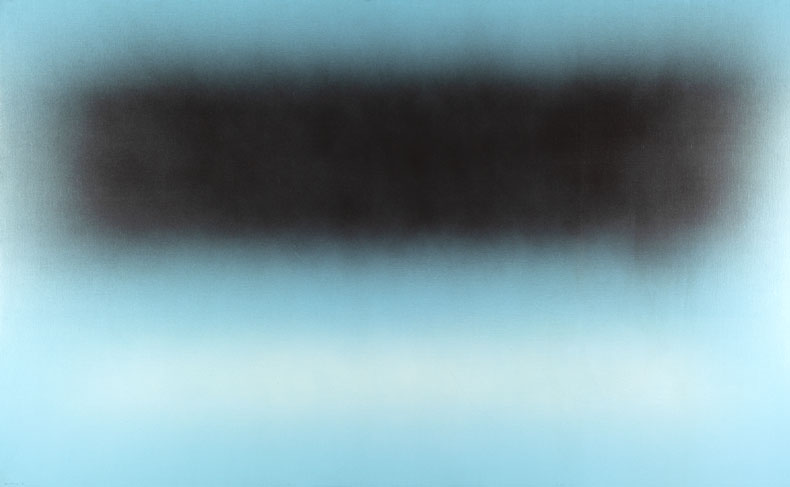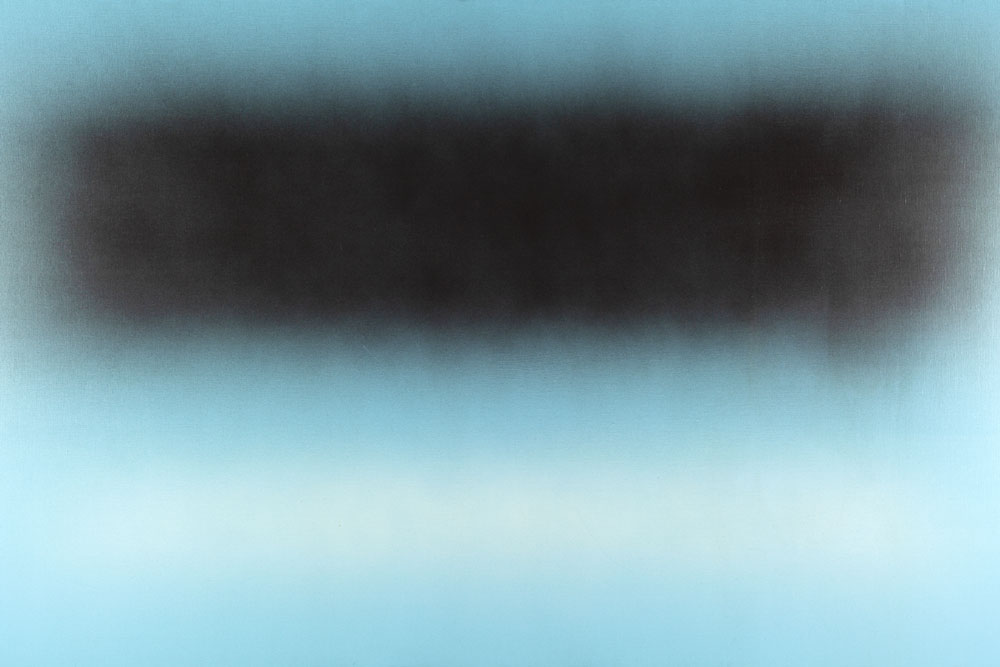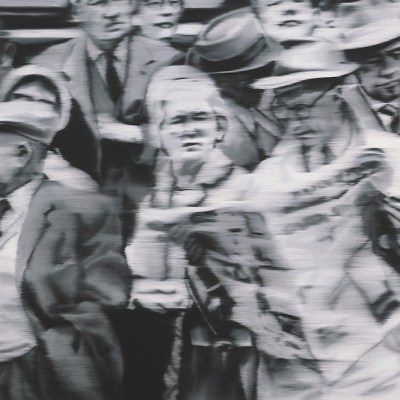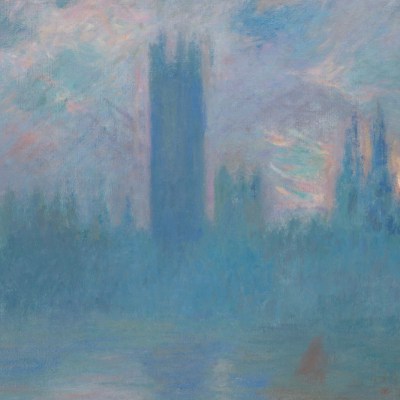Blurry effects have served artists well over the years. In Monet’s hands, it conveyed impermanence; after the Second World War, it took on a more political dimension in the hands of artists keen to reject the will to precision and cataloguing impulse of a world increasingly under surveillance. This show at the Musée de l’Orangerie begins with a brief surveying of artists’ brushes with blurriness in the 19th and early 20th centuries, but mostly celebrates the art of the indistinct as it was practised after 1945 (30 April–18 August). Highlights include two works by Gerhard Richter, famous for a blurry photorealism that has developed into abstraction over the years; Francis Bacon’s spectral oil-and-sand painting Figure Crouching (1949); works by Hans Hartung and Claire Chesnier that channel the spirit of Mark Rothko; and an untitled work from 1948 by Rothko himself.
Find out more from the Musée de l’Orangerie’s website.
Preview below | View Apollo’s Art Diary
Le bassin aux nymphéas, harmonie rose (1900), Claude Monet. Musée d’Orsay, Paris. Photo: © Patrice Schmidt/Musée d’Orsay, Dist. RMN-Grand Palais
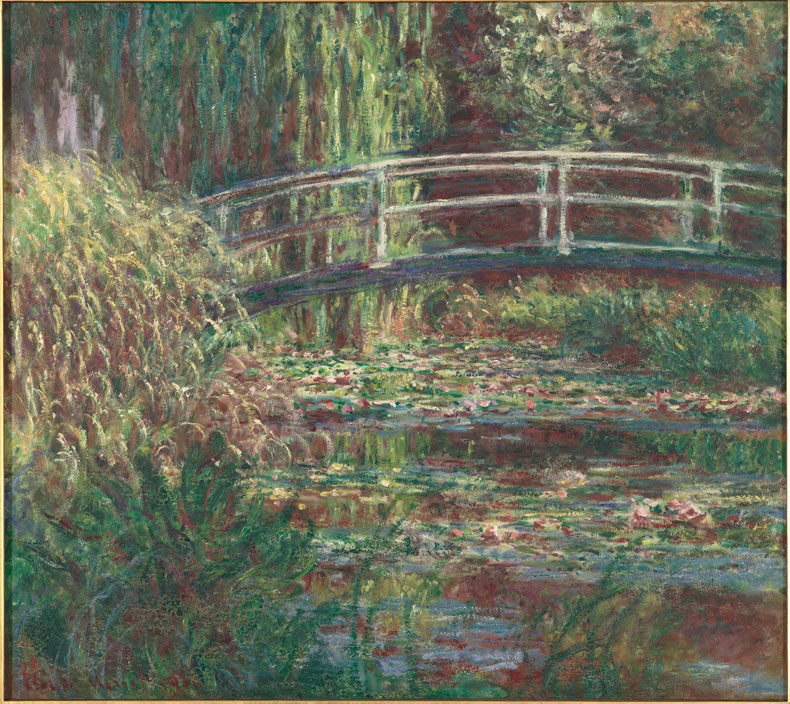
September (2005), Gerhard Richter. Museum of Modern Art, New York. © Gerhard Richter 2025
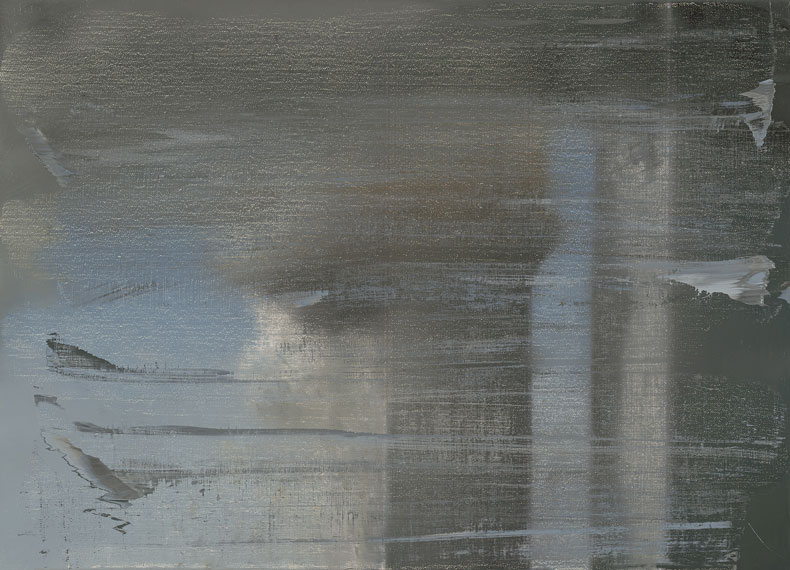
T1982-H31 (1982), Hans Hartung. Fondation Hartung-Bergman, Antibes. Photo: © Fondation Hartung-Bergman; © Hans Hartung/Adagp, Paris 2025
